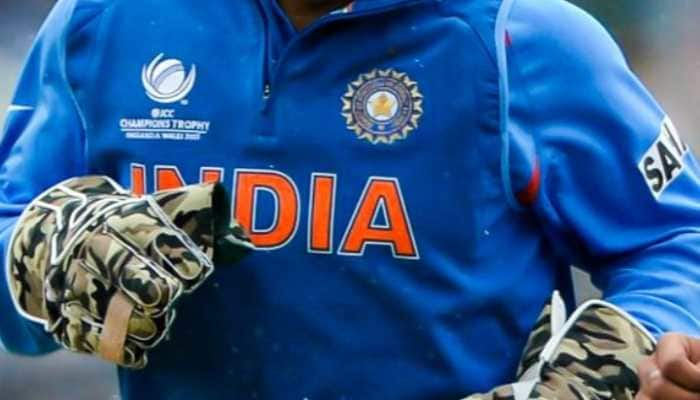Do You Know Flag Of India Once Had Moon And Star On It? Check Evolution Of Tricolour Or Tiranga This Indian Independence Day
The Independence Day fervour has already gripped the country and tricolours have covered the landscape of the country across India. However, the tricolour that you see today in its present form was not like this forever. The evolution of the Indian flag holds a unique and significant history. It went through several stages before adopting its current form. The present Indian flag's colours hold deep symbolism: saffron represents courage and sacrifice, white signifies truth and purity, and green stands for growth and auspiciousness. The Ashoka Chakra, derived from the Lion Capital of Ashoka, represents the dynamic movement of life. Now, check out the evolution of Indian flags since pre-independence era:
First Flag Of 1906
)
In 1906, during the Swadeshi and Boycott struggle, a flag of India was hoisted for the first time in the Parsee Bagan Square in Calcutta (present-day Kolkata).
Flag By Madam Bhikaji Cama
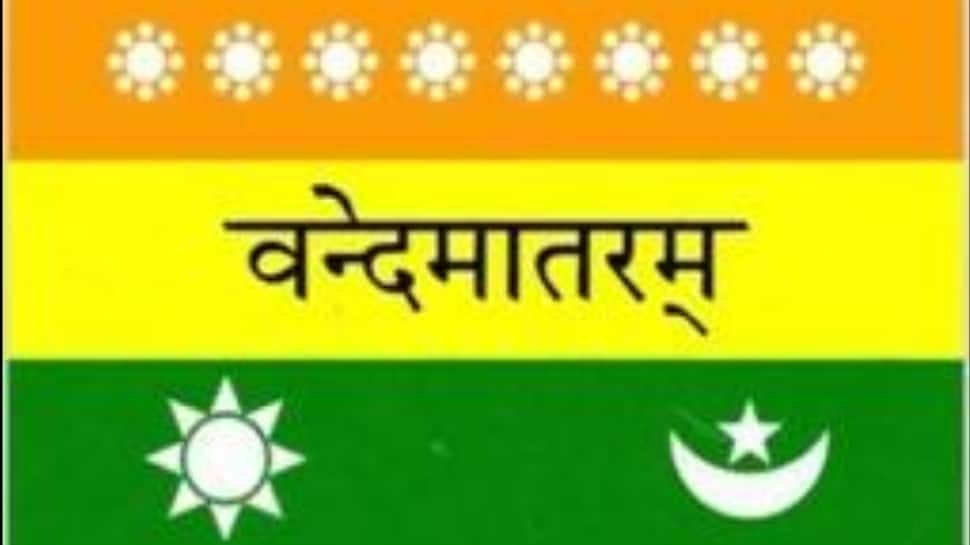
In 1907, a similar flag with slight modifications was raised by Madam Bhikaji Cama in Paris. This flag was also exhibited in Berlin at a socialist conference and thus came to be called the Berlin Committee Flag.
Flag By Besant and Tilak
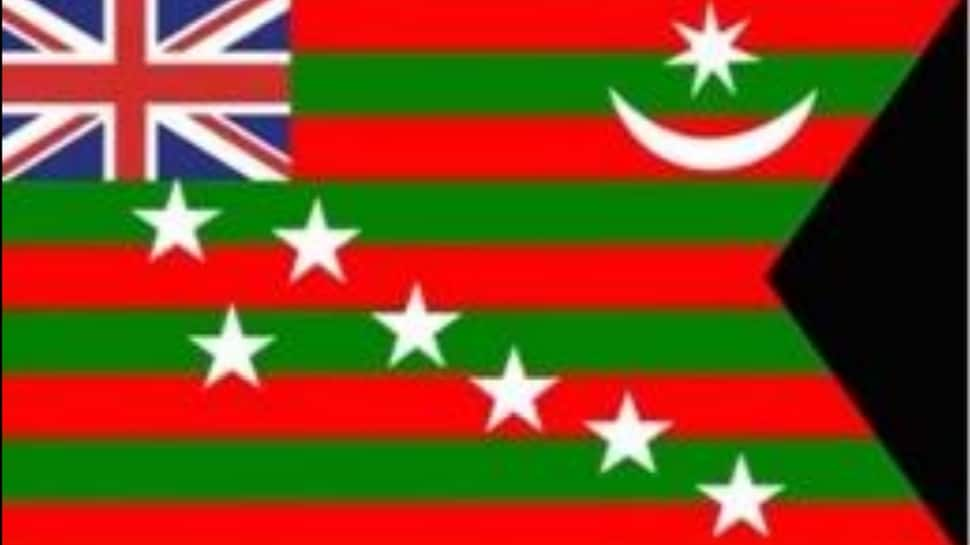
In 1917, as a part of the Home Rule Movement, Annie Besant and Bal Gangadhar Tilak hoisted another flag. The flag signified autonomous rule for Indians within the Colonial Empire.
Flag By Pingali Venkaiah
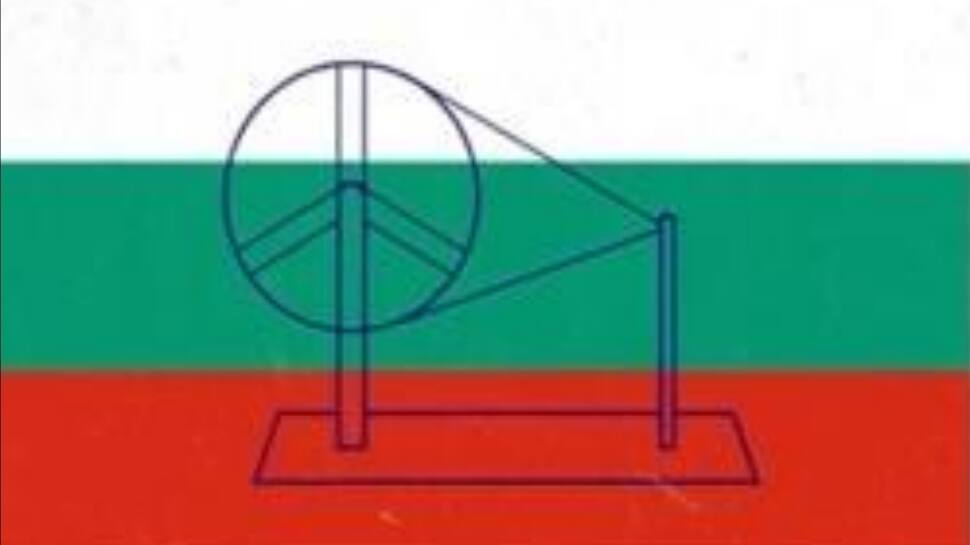
In 1921, at the Bezwada (now Vijayawada) session of Congress, a young freedom fighter Pingali Venkaiah, presented a design of a flag to Mahatma Gandhi. The flag consisted of three stripes representing multiple communities living in harmony in India. A spinning wheel was superimposed in the center, signifying the country's progress.
Modification In Vekaiah's Flag
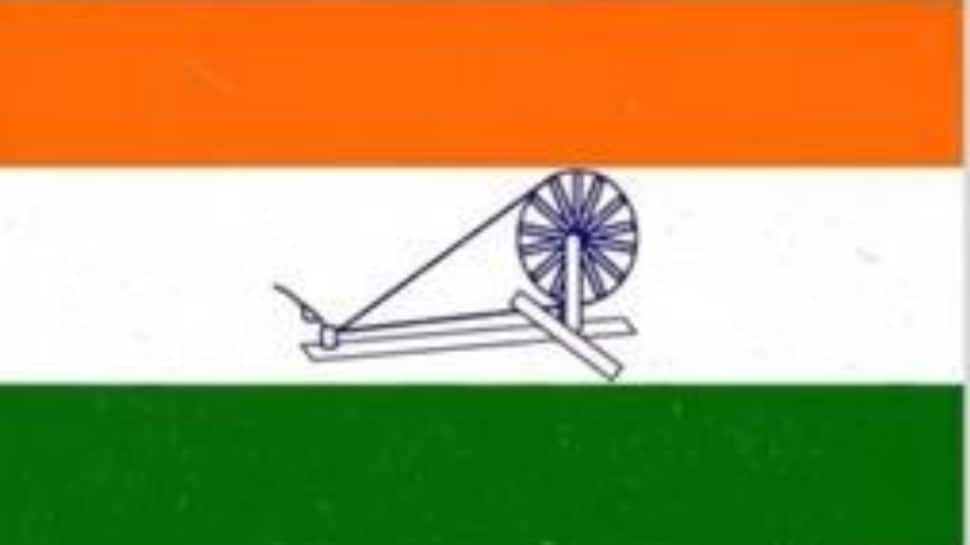
In 1931, a formal resolution was passed adopting Pingali Vekaiah's flag with a little modification. While the white and green remained, the red was replaced by saffron. The saffron was for courage, white for peace and green for fertility and growth.
Birth Of Tiranga or Tricolour
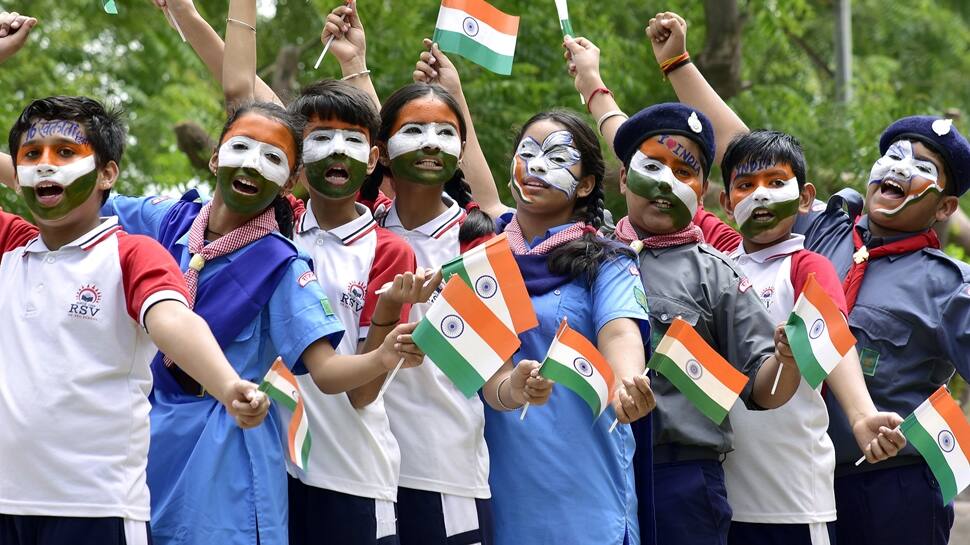
Finally, in July 1947, the Constituent Assembly formally adopted the flag of free India. The spinning wheel was replaced by the Dharma Chakra of Emperor Ashoka, symbolizing truth and life. This came to be called the Tiranga.
Trending Photos



